It is estimated that greenhouse gas emissions from plastics will reach 1.34 gigatons per year by 2030 and 2.8 gigatons per year by 2050.
That’s 3.54 billion metric tons of plastics by 2030, and 6.22 billion metric tons of plastic by 2050.
Plastic debris consists of microplastics
Since there are over 5000 kinds of plastic currently being utilized, the number of chemicals being used to create the varying plastics is only larger.
Microplastics express a detrimental toxicological effect on organisms, both marine and mammal. Inhalation of microplastics causes lung disease in humans, similar to the accumulation, obstruction, and inflammation in organs of marine life.
The pandemic has created over 8 million tons of global plastic waste.
More than 140 million test kits have been shipped globaly, creating a potential 2,600 tons of mostly plastic waste
8 billion vaccine doses have been administered worldwide, producing 144,000 tons of waste
On an average, volumes of waste increased 3 to 4 times in healthcare facilities
The total excess mismanaged plastic waste generated during the pandemic is calculated as 4.4 to 15.1 million tons, and 87.4% of this excess waste is from hospitals.






